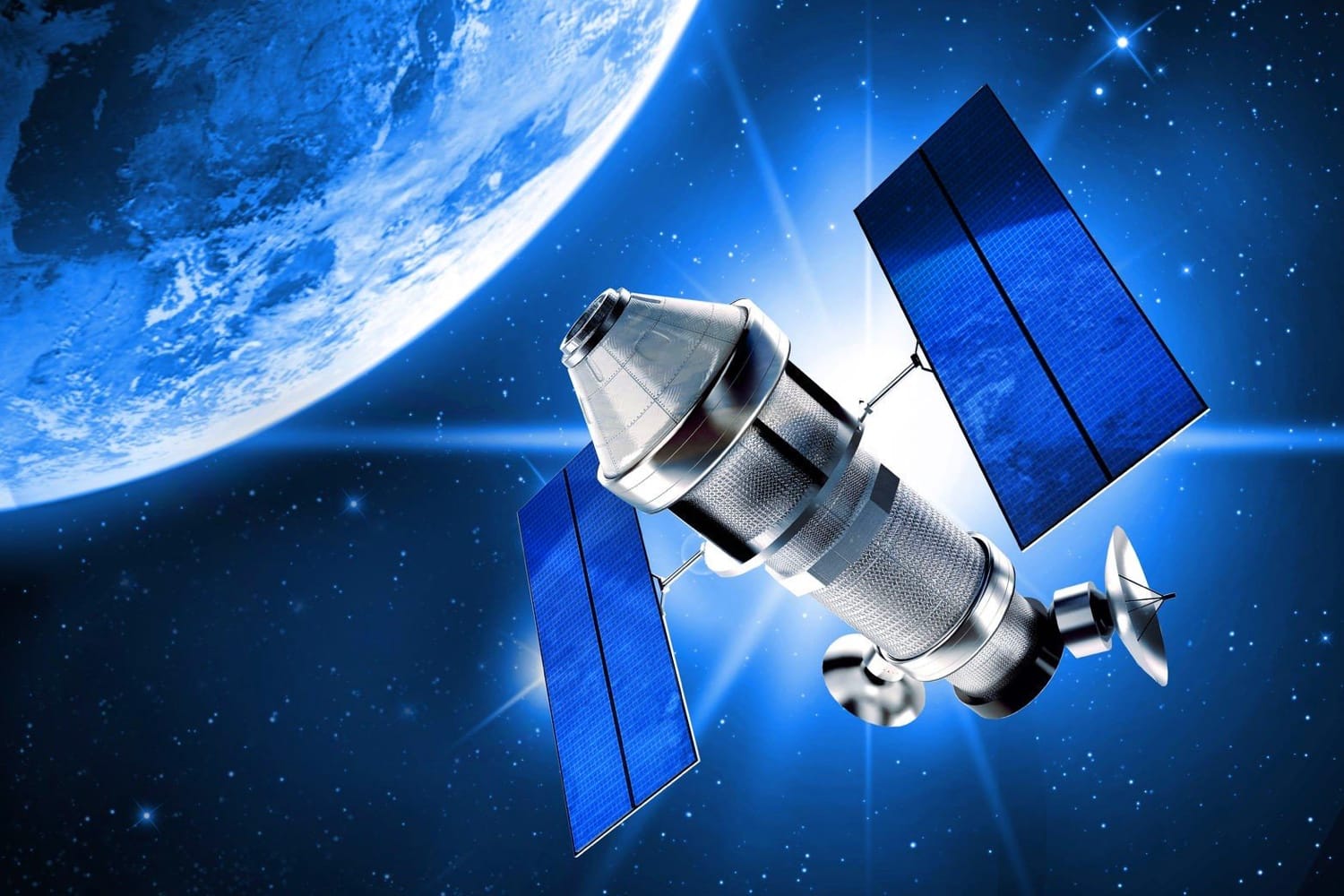SpaceX will remove 100 old Starlink satellites from orbit
- February 14, 2024
- 0
SpaceX plans to remove nearly 100 of its older Starlink satellites from orbit due to a design flaw that could cause them to malfunction. SpaceX said on February
SpaceX plans to remove nearly 100 of its older Starlink satellites from orbit due to a design flaw that could cause them to malfunction. SpaceX said on February

SpaceX plans to remove nearly 100 of its older Starlink satellites from orbit due to a design flaw that could cause them to malfunction. SpaceX said on February 12 that it would conduct a controlled landing of approximately 100 “early version 1” Starlink satellites due to concerns that the spacecraft could malfunction in orbit and no longer be able to maneuver.
“These satellites are currently maneuverable and serving users efficiently, but the Starlink team has identified a common problem across this group of small satellites that could increase the likelihood of future failure,” SpaceX said. The company did not provide detailed information about the issue or the names of the affected satellites.
According to statistics provided by Jonathan McDowell, 5,438 of SpaceX’s 5,828 Starlink satellites launched to date are in orbit. The oldest still in orbit are from the original batch of version 1 satellites launched in 2019 and 2020, with no viewfinders added to later satellites designed to reduce the amount of sunlight they reflect and reduce their brightness. 337 of these 420 satellites remain in orbit.
SpaceX said the deorbiting satellites will gradually lower their orbits over about six months. “All satellites will maintain maneuverability and the ability to avoid collisions during landing,” the company said. “Additionally, these deorbiting satellites will assume responsibility for maneuvering high-risk connections in accordance with best practices for space security and sustainability.”
The growth of the Starlink cluster, currently the largest cluster in orbit, has sparked debate about space traffic management and space resource. There is pressure for new rules to regulate the growth of satellites and debris and to ensure that satellites are deorbited quickly at the end of their useful lives.
In a panel discussion at a conference on space debris held by the Saudi Space Agency on February 12, Ernst Pfeiffer, chief executive of German space components company HPS, called for new rules for deorbiting satellites within five years of end-of-life, and not 25 years ago, according to the Inter-Agency Space Agency. It has been approved by organizations such as the Waste Coordination Committee (IADC).
“It could be implemented tomorrow, after a five-year deorbiting period,” he said, after which more complex rules could be developed. “This is urgently needed and surprisingly Elon Musk is already promoting it with SpaceX.”
Such rules are likely to be adopted nationally rather than through an international agreement; however, optional IADC guidelines and long-term sustainability guidelines adopted by the UN Committee on the Peaceful Uses of Outer Space may be useful.
“Being voluntary in the sense that states can choose to implement these voluntary, non-binding guidelines into their own national regulatory frameworks does not mean that they are not legal,” said Peter Martinez, executive director of the Secure World Foundation, during another panel at the conference. “The benefit of having internationally agreed guidelines is that there is an agreed minimum international standard which, if widely applied, helps avoid the risk of regulatory divergence or fragmentation between jurisdictions.”
SpaceX added in its statement that the loss of old satellites will not affect Starlink broadband services. According to the company, removing old satellites from orbit will not affect the Starlink experience. “SpaceX can deploy up to 55 satellites per week and launch more than 200 satellites per month, allowing us to continually improve our system and make it more sustainable.”
Source: Port Altele
As an experienced journalist and author, Mary has been reporting on the latest news and trends for over 5 years. With a passion for uncovering the stories behind the headlines, Mary has earned a reputation as a trusted voice in the world of journalism. Her writing style is insightful, engaging and thought-provoking, as she takes a deep dive into the most pressing issues of our time.